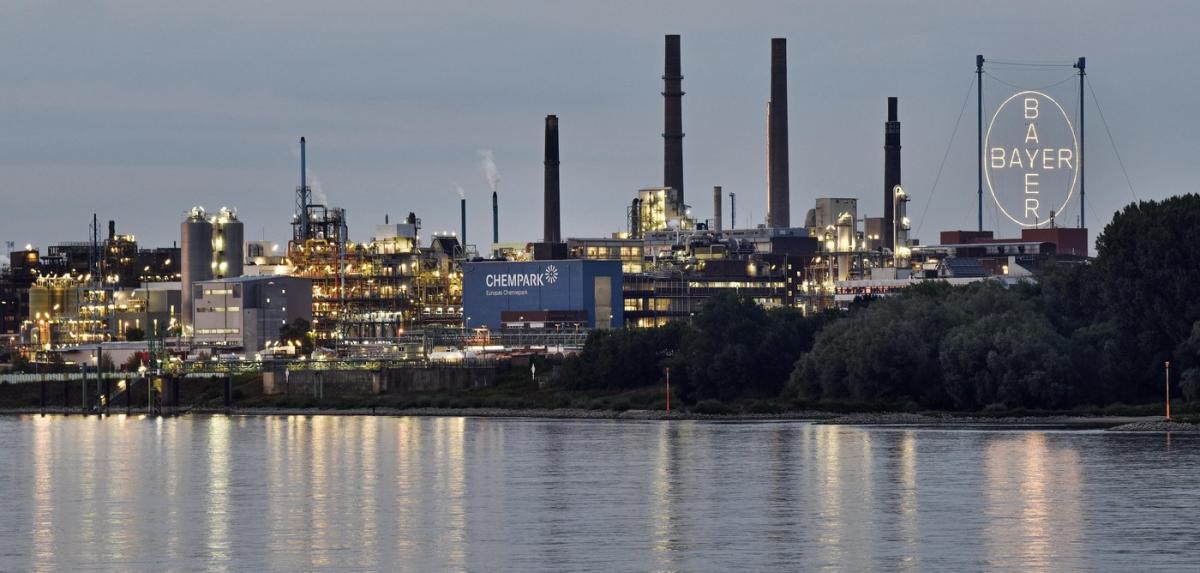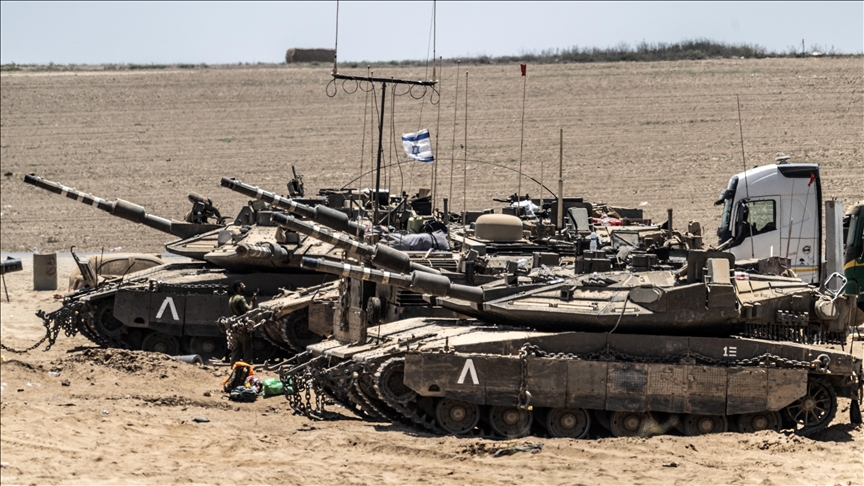Leverkusen is famous for its football club. The city not so much

LEVERKUSEN, Germany (AP) — Manchester, Barcelona, Milan, Leverkusen?
An often overlooked, small German city dominated by the pharmaceutical industry has the unlikeliest of chances to be considered one of Europe’s football capitals this season due to Bayer Leverkusen’s historic winning streak.
Under the coach of former Champions League and World Champion Xabi Alonso, the team was the first ever to complete an entire Bundesliga season without a single defeat.
The team can finish the season with three trophies if they beat Atalanta in the Europa League final on Wednesday and Kaiserslautern in the DFB Cup final three days later.
This is a big step up for the team that until recently was considered the perennial runner-up in German football, having finished second in the Bundesliga five times.
It is also a source of pride for this city of 167,000 inhabitants with its low-rise buildings, which grew up around the factories of the pharmaceutical giant Bayer – best known for Aspirin and Alka-Seltzer – and has little to offer to attract tourists other than its internationally famous football club.
“It’s definitely very important for people’s identification,” Bayer Leverkusen fan Sebastian Thiel told the Associated Press before the last league game of the season on Saturday. “It makes the city special.”
Apart from the BayArena, which has a capacity of 30,000 spectators, Leverkusen is probably best known for the 51-meter-high illuminated Bayer logo that shines over the city at night.
That logo, the “Bayer Cross,” features on the club’s crest and served as inspiration for the club’s red and black cross design on its kit this season. At a DFB Cup semi-final match last month, fans even hoisted their own version above a banner depicting the city’s modest skyline to mark the 90th anniversary of what is, for Leverkusen, a far-from-ordinary sign.
“The club, the company and the city, it’s all connected,” says Leverkusen’s sporting director Simon Rolfes. “At the weekend they are football fans, during the week they work for Bayer. Maybe that’s a special situation that you don’t find very often.”
For an industrial city, Leverkusen can be – perhaps surprisingly – cozy, with single-family homes and small apartment blocks bordering a park that leads to the BayArena. “Nicer than people think, but obviously shaped by the big cities around it,” Thiel said of his hometown.
Leverkusen was named after the chemist Carl Leverkus, who built a dye factory in the village of Wiesdorf, which was taken over by Bayer in 1891. 13 years later, Bayer employees founded the sports club, which later became famous primarily for football. It has played in the top division since 1979, but had to wait until this season for its first Bundesliga title.
“The most important thing in Leverkusen, besides the club, is of course the company,” says Leverkusen’s sports director Simon Rolfes. “This city is built to some extent around the company and I find it really special that so many people work for Bayer, for the pharmaceutical company.”
Not everyone sees it that way. Many German football fans were delighted with the victory of perennial champions Bayern Munich, but some are skeptical about the new champions’ close ties to Bayer. Bayer is one of two Bundesliga clubs that are officially exempt from the so-called 50+1 rule, which requires fans to control their teams. The other is Wolfsburg, a club owned by Volkswagen.
Leverkusen is located between the major cities of Cologne and Düsseldorf, each of which has its own major clubs. Fans are outnumbered by local rivals, although the fan base has now spread to nearby cities. The team’s exploits under Alonso are also winning more and more international fans.
The victory in the German league and the Europa League final have increased Bayer Leverkusen’s profile in Europe. The last time Leverkusen reached a final of a European competition was the 2002 Champions League final, which it lost to Real Madrid. Before that, it won the 1988 UEFA Cup, the predecessor of the Europa League.
While most of Europe’s top football clubs come from big cities like Madrid, Barcelona, Milan and Paris, Leverkusen is not the only mid-sized place with a strong team. Its opponent in the Europa League final, Atalanta, comes from Bergamo, which has a population of around 120,000, and the 2021 winners, Villarreal, come from a Spanish city with only around 50,000 inhabitants. French club Lens played in the Champions League this season with a stadium capacity of 38,000 spectators – more than the city has inhabitants.
At the moment, the Leverkusen team is simply enjoying the moment.
“We hoped and hoped and hoped, and it happened,” said long-time fan and retired former Bayer employee Karl Wallner.
___
AP Sports Writer Ciarán Fahey in Berlin contributed to this report.
___
AP Soccer: https://apnews.com/hub/soccer
James Ellingworth, Associated Press
Related Posts

Aer Lingus: Pilots start industrial action over wage dispute

New book detailing Mueller investigation – written by Mueller’s leadership team – to be released this fall

